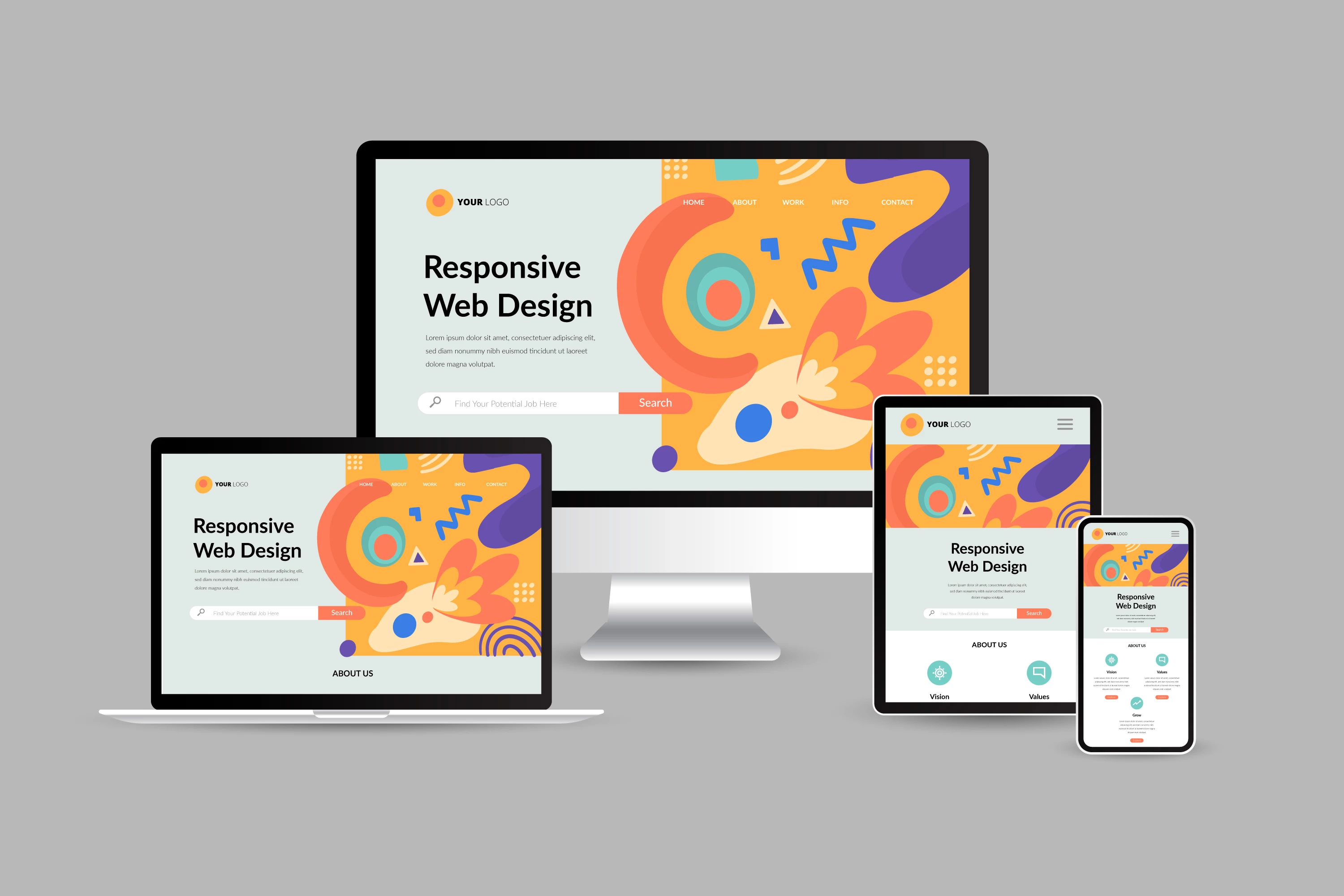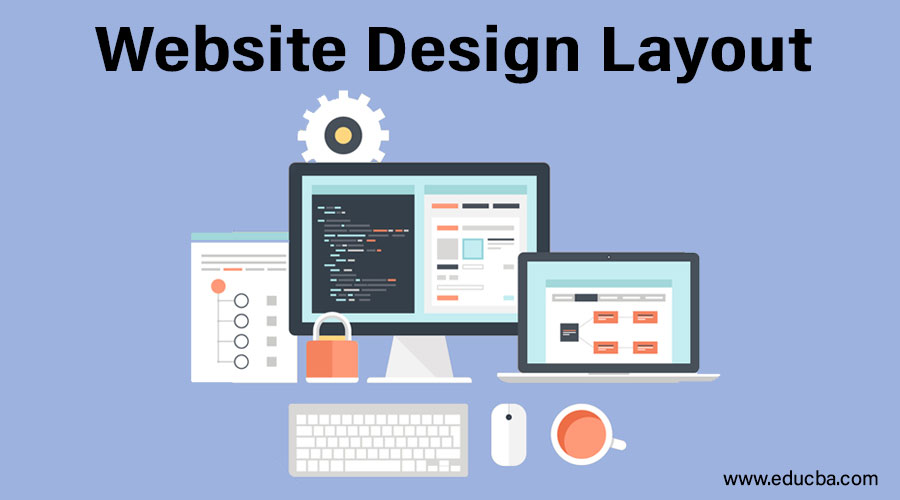Key Elements of Effective Website Design: A Complete Overview
Key Elements of Effective Website Design: A Complete Overview
Blog Article
Modern Website Layout That Captures Interest and Transforms
In an increasingly electronic landscape, contemporary internet site layout has actually arised as a pivotal variable in catching customer interest and driving conversions. As we discover these crucial components, it becomes clear that comprehending their interplay can substantially influence a web site's performance and individual contentment.
Value of Visual Hierarchy
Visual pecking order is a critical component in web site style, as it guides users' focus and enhances their total experience. By tactically arranging material, designers can route users to the most essential details first, therefore enhancing interaction and enhancing use. Efficient aesthetic power structure utilizes various strategies, including size, spacing, contrast, and shade. Larger components naturally attract the eye, while contrasting colors can stress vital messages, making them attract attention amongst more restrained elements.
Including a logical circulation in material plan is crucial; for example, placing one of the most essential details at the top of a web page fosters instant acknowledgment. Regular use of typography, such as differing font dimensions and designs, helps establish a clear web content framework. This organization not only help in navigation but also builds count on, as customers feel more comfortable when they can quickly find what they are seeking.
Ultimately, a well-executed aesthetic pecking order not only improves visual allure however additionally substantially impacts customer actions. By focusing on necessary components and making sure a smooth experience, developers can effectively transform site visitors right into customers, enhancing the value of this fundamental layout concept in modern site advancement.
Responsive Design for All Gadgets
Creating a smooth experience across different devices is essential in today's digital landscape, where individuals accessibility websites from tablet computers, desktops, and smartphones alike. Responsive style is an important strategy that guarantees web sites adjust fluidly to various screen orientations, sizes, and resolutions. By utilizing adaptable grids, photos, and CSS media queries, designers can produce formats that keep visual integrity and capability, regardless of the gadget being used.
The importance of responsive design prolongs past aesthetic appeals; it straight affects individual interaction and conversion prices. A site that functions well on all gadgets motivates longer sees and decreases bounce rates, as individuals are most likely to communicate with web content that is easy to browse. Additionally, online search engine, particularly Google, focus on mobile-friendly sites in their positions, making responsive layout an essential element of search engine optimization (SEO)
Including responsive design not just boosts individual experience but also improves the development procedure. By creating a single website that works throughout devices, organizations can save time and sources compared to establishing separate mobile and desktop variations. Eventually, receptive layout is a basic approach for modern-day internet site design, guaranteeing access and complete satisfaction for all individuals, no matter their gadget.
Involving Interactive Aspects
While a receptive layout prepares for a functional site, incorporating interesting interactive aspects is crucial for capturing customer focus and fostering much deeper connections. Website Design. Interactive aspects, such as animations, tests, and clickable infographics, develop a more dynamic user experience, urging visitors to spend more time on the site
Including interactive attributes can additionally lead users via complicated information, making it much easier to digest click reference material. For instance, interactive sliders can show item variants, while embedded video clips can provide demonstrations or testimonies that reverberate more than static images or message. Gamification methods, like benefits for engaging or finishing tasks with content, can enhance customer motivation and retention.
Efficient use of interactive elements not just enriches the individual experience however can likewise lead to higher conversion prices. By making interactions enjoyable and useful, organizations can grow a sense of commitment and depend on with their target market. However, it is necessary to balance interactivity with efficiency; extremely complex functions may prevent site speed, adversely influencing user contentment. Ultimately, integrating properly designed interactive components can substantially boost an internet site's effectiveness, driving interaction and conversions in today's competitive digital landscape.
Streamlined Navigating Practices
Reliable navigation is a foundation of any type of effective site, as it directly influences user experience and material availability. Streamlined navigating practices ensure that customers can quickly locate info, improving their interaction with the website. A well-structured navigation food selection need to be instinctive and straightforward, generally featuring a minimal variety of key categories to stay clear of frustrating visitors.
To achieve structured navigation, designers need to focus on a hierarchical framework that practically organizes web content. Executing breadcrumb trails can supply customers with context regarding their present location within the website, permitting seamless backtracking. In addition, using drop-down food selections can properly save area while still giving access to subcategories.
Receptive style is essential, as navigating needs to be useful throughout all gadgets (Website Design). Mobile individuals, specifically, gain from touch-friendly food selections and retractable sections that preserve use without jeopardizing looks

Efficient Call-to-Action Methods
A well-crafted call-to-action (CTA) is essential for directing individuals towards desired results on a site, as it Recommended Reading urges them to engage with web content or buy. To maximize their performance, CTAs should be clear, compelling, and strategically put throughout the website.
First, use action-oriented language that communicates necessity or worth, such as "Get going," "Sign up with Currently," or "Claim Your Discount." This language not only encourages individuals however likewise sets clear expectations concerning the next steps.
Second, take into consideration layout aspects; CTAs ought to stick out aesthetically with contrasting colors, sufficient whitespace, and popular positioning. A switch that is easy to see and click boosts the chance of user interaction.
Furthermore, customizing CTAs based on customer actions or demographics can substantially enhance interaction. Customized messages reverberate much more with individuals, driving higher conversion prices.

Verdict
These elements jointly improve user experience, guaranteeing that visitors continue to be involved and inspired to explore content additionally. By focusing on these layout principles, organizations can considerably enhance individual retention and conversion rates, ultimately leading to better success in the digital landscape.
In an increasingly digital landscape, modern-day web site design has emerged as an essential factor in catching user interest and driving conversions.Aesthetic hierarchy is an essential aspect in internet site layout, as it guides individuals' focus and boosts their general experience.The relevance of receptive style extends beyond aesthetic appeals; it directly affects user engagement and conversion prices.Including responsive design not only boosts customer experience however additionally streamlines the advancement procedure. Ultimately, receptive style is an essential method for modern website style, making sure access and fulfillment for all individuals, no matter of their gadget.
Report this page